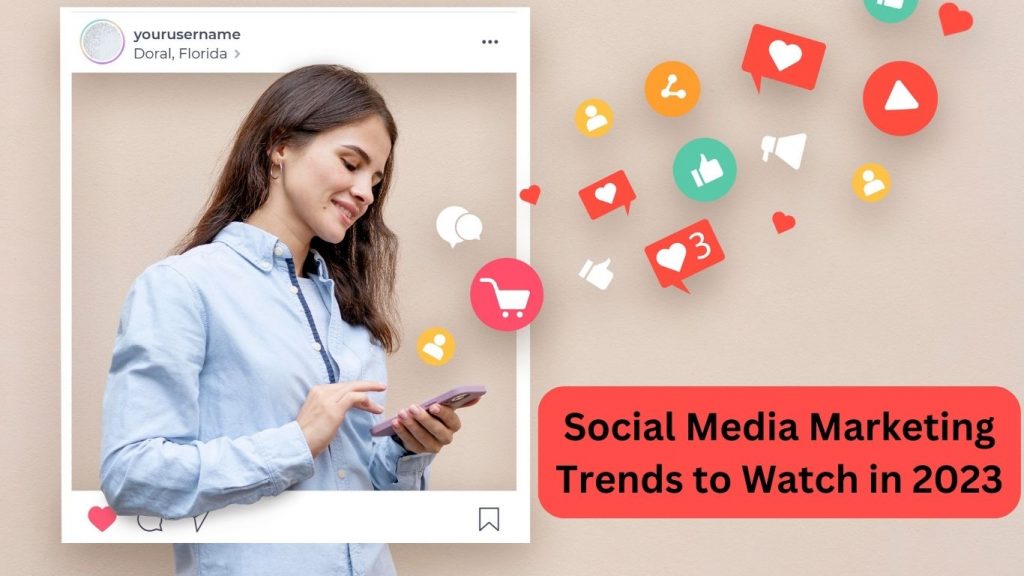Organic Reach vs. Paid Reach: Navigating the Social Media Landscape
In the dynamic realm of social media marketing, the battle between organic reach and paid reach has been a topic of debate and strategic planning for businesses worldwide. With platforms continually evolving their algorithms and features, understanding the nuances of organic and paid reach is crucial for developing a well-rounded social media strategy that effectively engages and converts your target audience.
Organic Reach: Cultivating Genuine Connections
Organic reach refers to the number of users who see your social media content without any paid promotion. It’s essentially the result of the algorithm displaying your content to users based on their interests, interactions, and engagement history. Organic reach thrives on creating content that resonates with your audience, sparks discussions, and encourages shares.
Here are some key aspects of organic reach:
- Quality Content: The backbone of organic reach is high-quality, relevant content. Consistently providing value to your audience in the form of informative posts, entertaining videos, and engaging visuals encourages followers to engage and share.
- Community Building: Building a strong, engaged community around your brand fosters organic reach. Responding to comments, interacting with your audience, and encouraging user-generated content create a sense of belonging and loyalty.
- Algorithm Alignment: Understanding the algorithms of each platform is essential. Algorithms reward content that generates meaningful interactions, making it more likely to appear in users’ feeds.
- Long-Term Results: Organic reach can lead to long-lasting relationships with your audience. As your content gains credibility and trust, your followers are more likely to turn into loyal customers.
Paid Reach: Amplifying Your Message
Paid reach involves investing in advertising to extend the reach of your content to a larger audience. This can include boosting posts, running ads, and promoting your content to specific demographics.
Here’s why paid reach is an integral part of your social media strategy:
- Targeted Reach: Paid advertising allows you to define your audience with precision. You can target based on demographics, interests, behaviours, and more, ensuring your content reaches those most likely to convert.
- Faster Results: Paid reach can generate quicker results compared to organic efforts. If you’re looking to promote a time-sensitive offer or event, paid advertising can help you achieve your goals within a specific timeframe.
- Scale and Consistency: Paid reach offers scalability that organic reach might not achieve on its own. If you’re looking to reach a larger audience quickly, paid advertising is a powerful tool.
- Metrics and Insights: Paid advertising platforms provide detailed metrics and insights into how your content is performing. This data allows you to refine your strategy for better results over time.
Balancing Organic and Paid Reach
The optimal social media strategy involves a harmonious balance between organic and paid reach. Relying solely on organic reach might limit your content’s exposure while relying exclusively on paid reach might lack authenticity and genuine engagement.
Here’s how to strike the right balance:
- Create Valuable Organic Content: Start by producing content that genuinely resonates with your audience. Build a loyal community through meaningful interactions and consistent posting.
- Identify Key Opportunities for Paid Reach: Use paid advertising strategically, especially for important campaigns, promotions, or new product launches.
- Leverage Data for Optimization: Continuously monitor the performance of both your organic and paid efforts. Use the insights gained to refine your strategy and allocate resources effectively.
- Experiment and Adapt: The social media landscape is ever-changing. Don’t be afraid to experiment with new content formats, platforms, and targeting options to stay ahead of the curve.
In conclusion, understanding the distinction between organic and paid reach in social media is crucial for any business looking to thrive in the digital landscape. Whether you’re organically fostering connections or giving your message a paid boost, a balanced approach can help you make the most of your social media presence.
At W3Designerz, we believe in the magic of meaningful connections. Our mission is to harness the potential of social media to not only enhance your brand’s visibility but also to build authentic relationships with your audience.






